Is Russia Going to Lose the War?
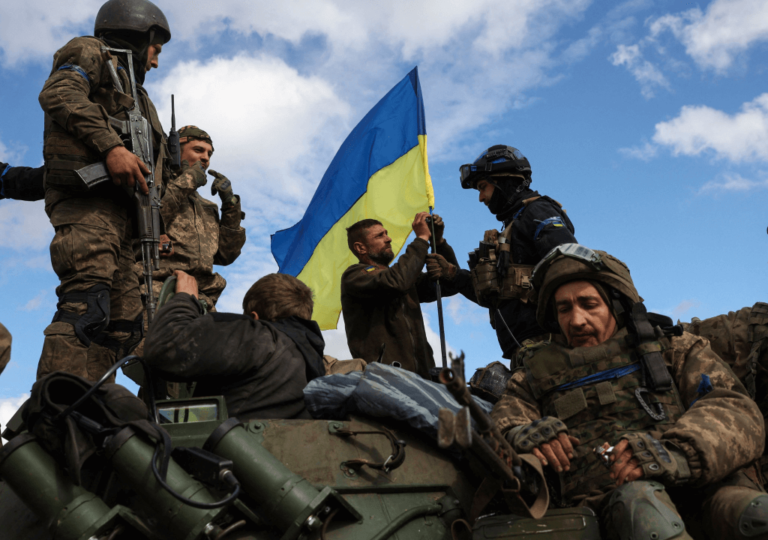
Ukrainian forces make significant gains into Russian territory, challenging Moscow's might

Ukrainian forces make significant gains into Russian territory, challenging Moscow's might

Iran feels humiliated after Israel's assassination of Hamas leader Haniyeh in Tehran
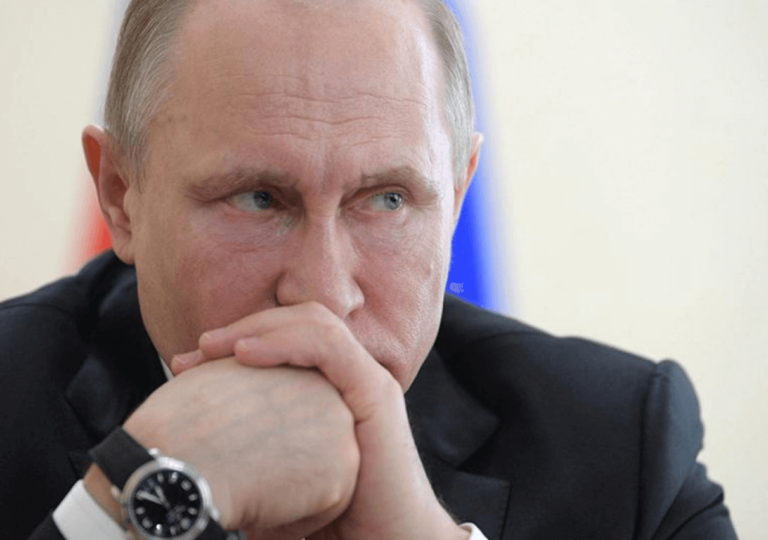
Russia's influence in Armenia wanes as the U.S. strengthens ties through military exercises
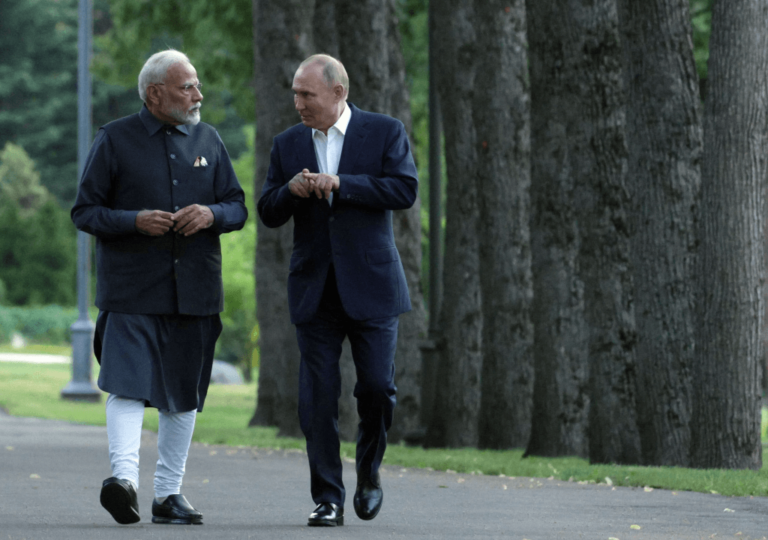
PM Modi's visit to Russia cements India's balanced ties amid West-Russia tensions
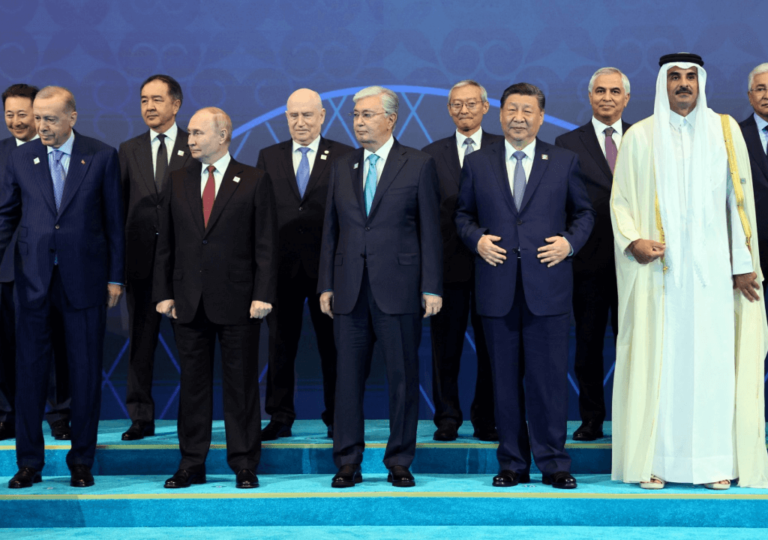
SCO summit tests China-Russia partnership amid bipolarization in Asia
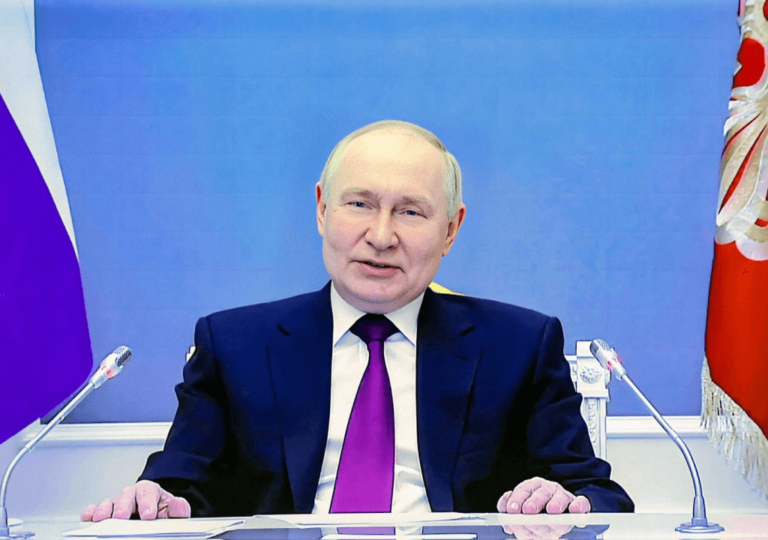
Russia's economy stays afloat despite sanctions, thanks to trade with China, India, Iran, and allies via North-South corridor.

Vietnam's policy of non-alignment causes confusion, especially after recent receptions of Putin and ongoing Russia ties
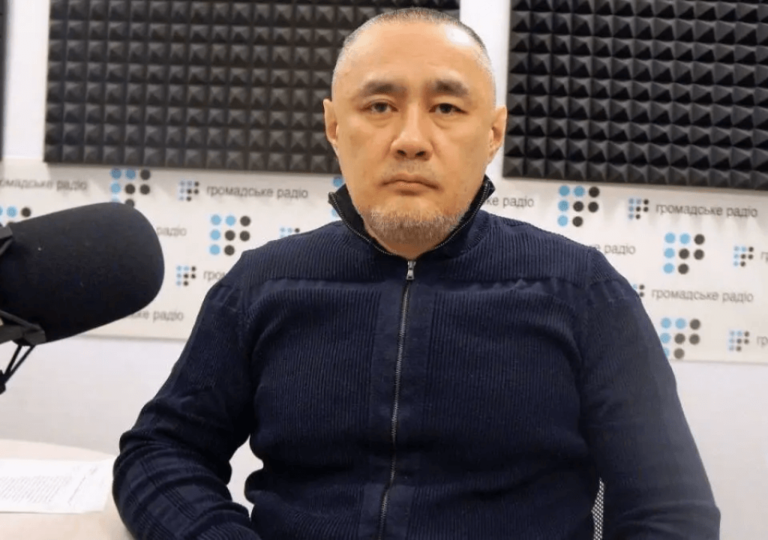
Kazakhstan's politics closely aligned with Russia, despite attempts to improve international image. Targeting critics, including opposition figure Aydos Sadykov, raises concerns about democratic practices and potential sanctions.
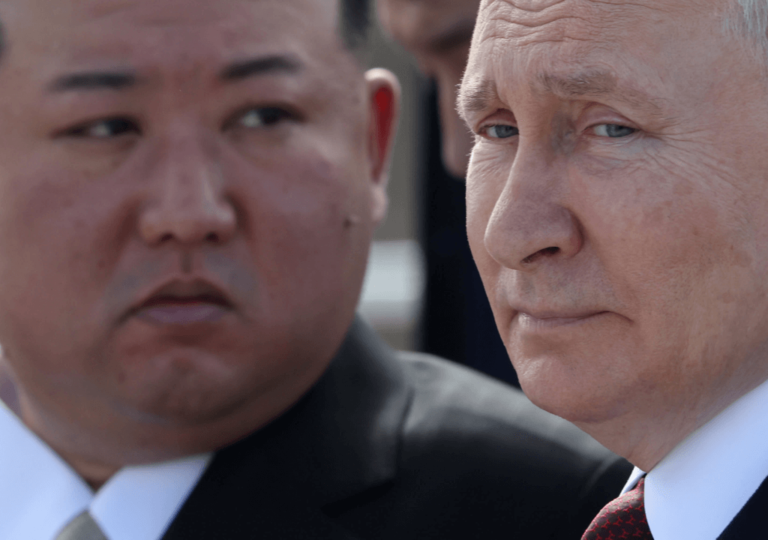
Russian President Vladimir Putin has arrived in North Korea for a summit with Kim Jong-un, marking his first visit to the country since 2000. The meeting aims to deepen their relationship, which has strengthened since Russia's invasion of Ukraine in 2022.
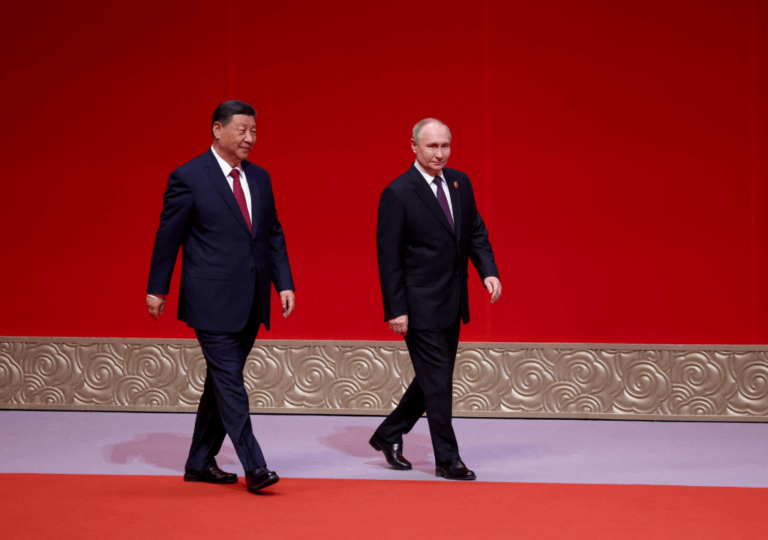
Putin and Xi showcase their "no-limits" friendship as Russia's isolation grows, with China gaining a strong ally and access to Russian markets.